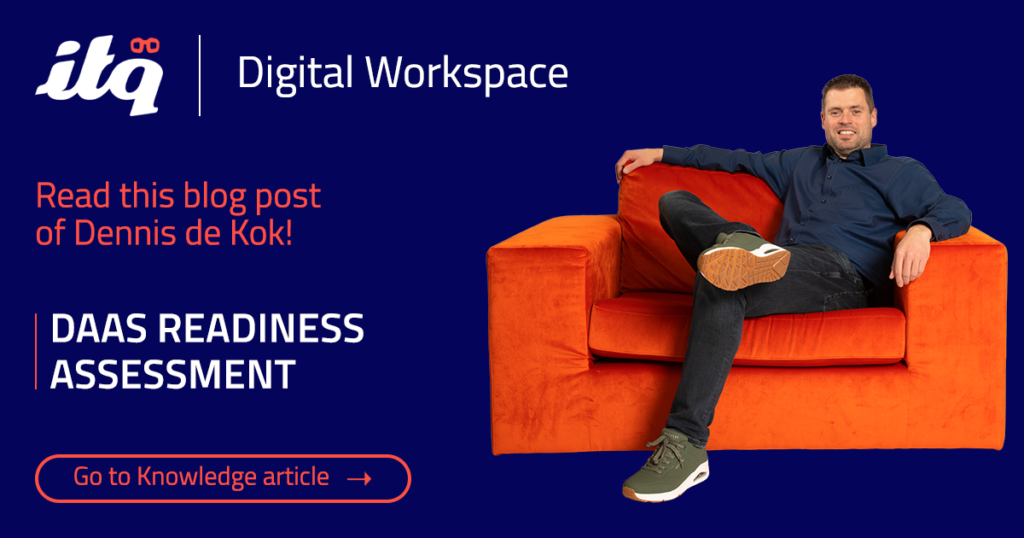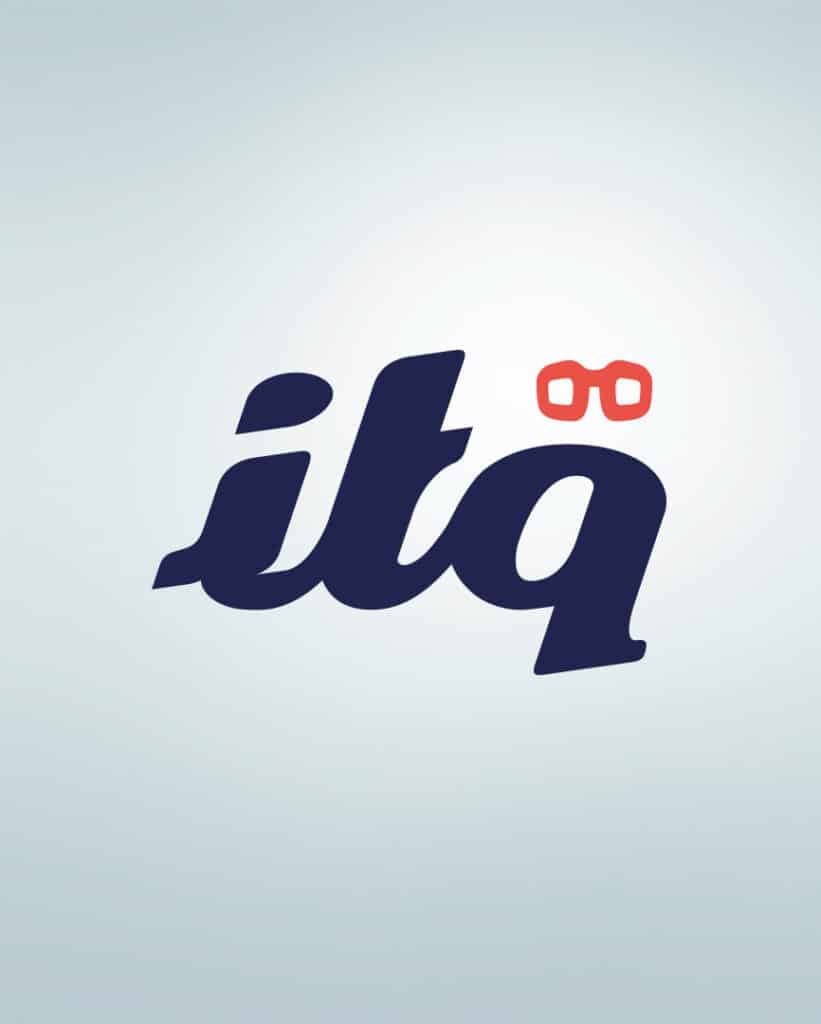In the last couple of years, the demand for desktops in the cloud, also known as Desktop as a Service (DaaS) has increased. With companies like Microsoft, AWS and Google heavily investing in many different offerings, it can be quite hard to choose the right solution for your organization. What should you consider when migrating? These are important things to record when making a DaaS blueprint.
In this blog, I will explain how ITQ can help with the DaaS Readiness Assessment in the search for the right DaaS solution.
Considering migrating to DaaS?
There are several reasons why an organization might consider switching to a DaaS solution. DaaS eliminates the need for significant upfront investments in hardware.
Instead, DaaS operates on an OpEx (Operating Expenses) model, which means that businesses pay for the service on a subscription basis rather than making a large upfront capital expenditure. This allows organizations to easily scale their desktop infrastructure up or down based on their needs. The DaaS providers handle the backend infrastructure, which reduces the burden on the organization's IT staff, allowing them to focus on more strategic initiatives rather than routine maintenance tasks.
Impacts on costs and organization
This of course sounds great but as a company, moving to a cloud desktop environment can have various impacts on costs and growth and it's essential to carefully consider these factors before making decisions. The initial setup costs for DaaS can vary based on several factors, including the size of the organization, the number of users, the specific DaaS provider, and the features included in the service.
When it comes to operational costs associated with DaaS, several factors come into play: Subscription Fees, Licensing Fees, Bandwidth Costs, Customization and Integration, Data Backup, and Disaster Recovery. Pricing models and included services can vary significantly between providers. By carefully evaluating different DaaS providers the company can make an informed decision about moving to a DaaS environment and choose a cost-effective solution that meets their requirements.
Why you need help with migration
To avoid common failures, organizations should work closely with experienced IT professionals or consultants who specialize in cloud migrations to navigate the complexities of transitioning to DaaS. To be successful, meticulous planning in combination with a thorough Readiness Assessment, focussing on scalability is essential.
Moving to Desktop as a Service (DaaS) can significantly impact various aspects of the company's IT infrastructure. An assessment will help you to evaluate and understand your current IT infrastructure, including hardware, software, and network capabilities. This understanding ensures your current environment can effectively support DaaS.
The ITQ solution
At ITQ we have developed a service, fully designed to dive into our clients' specific needs, challenges, and questions. This service is called the DaaS Readiness Assessment powered by Liquidware Stratusphere UX.
The key benefits of the ITQ DaaS Readiness Assessment are:
- Analysis of the current EUC Environment: The assessment identifies opportunities to improve the stability, security, and overall efficiency of your current EUC environment, enabling better end-user experiences and increasing productivity.
- Informed decision-making: The detailed insights and recommendations provided by the assessment empower organizations to make informed decisions about their Digital Workspace and the possible cloud migration and adoption of new technologies.
- Maximized ROI: By identifying ways to optimize existing technology investments and suggesting additional solutions where applicable, the assessment ensures that customers can maximize the return on their technology investments.
- Reduced risk: The assessment highlights potential risks associated with the customer's current IT environment, enabling proactive risk mitigation and promoting a more stable and secure infrastructure.
- Expert guidance: Customers benefit from ITQ's extensive experience and knowledge in the VMware EUC ecosystem, ensuring that they receive the highest quality advice and support throughout the assessment process.
- Improved collaboration: The stakeholder interviews and assessment process encourage better organizational communication and collaboration, aligning IT and business goals to promote a more effective and efficient EUC environment.
To comprehensively understand the environment, it is essential to utilize analytical tools over an extended period of time. This specific timeline can be determined through mutual agreement between ITQ and your organization.
What to expect?
But now you're wondering what you can expect from the ITQ DaaS Readiness Assessment. I can tell you that the reports will contain the following detailed information:
- Detailed assessment report: A comprehensive document that provides insights from the customer’s EUC environment, including an evaluation of current performance current requirements, future expectations, and cloud platform specifications. It also includes an overview of the existing IT environment and infrastructure and an examination of various use cases for VMware EUC technology.
- VMware solution analysis: Identification of how VMware solutions can address IT challenges, requirements, and use cases, along with an assessment of potential risks associated with these solutions.
- Recommendations: A comprehensive set of tailored recommendations to optimize the customer's workspace environment and maximize the value derived from VMware technology investments or future investments (like a DaaS platform or other cloud service).
What to do after the ITQ DaaS Readiness Assessment?
Designing a DaaS Proof of Concept (PoC) is the next step to demonstrate the viability and benefits of implementing DaaS and it allows you to validate concepts, mitigate risks, gather user feedback, and set the stage for a successful implementation within your organization. ITQ can assist with the DaaS Proof of Concept, one of the best ways of knowing if a certain cloud service meets the expectations but also meets the requirements. Seeing is believing!
By combining the insights from the DaaS Readiness Assessment and the outcomes from the PoC, ITQ can make a comprehensive TCO calculation that considers both the initial investment and the long-term operational costs associated with adopting DaaS. Different Cloud Desktop offerings can be compared and realize a clear and actionable roadmap outlining the next steps toward achieving the desired state by creating a DaaS migration plan.
Are you considering migrating to a DaaS solution but uncertain if your organization is ready? Need assistance or just like some more information about this topic?
Don't hesitate to get in touch with ITQ. We love Tech, but We're Obsessed with Customer Success!



